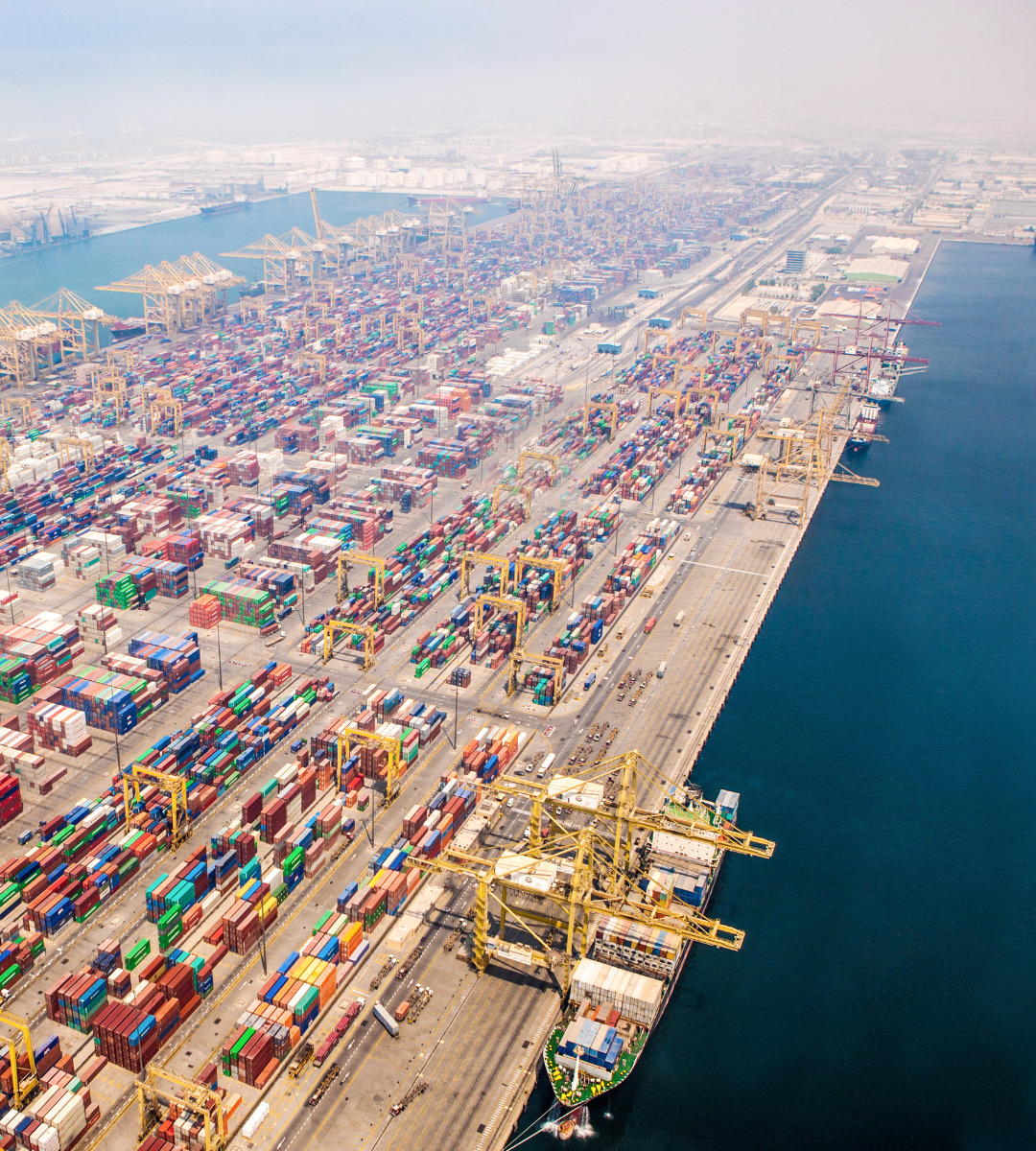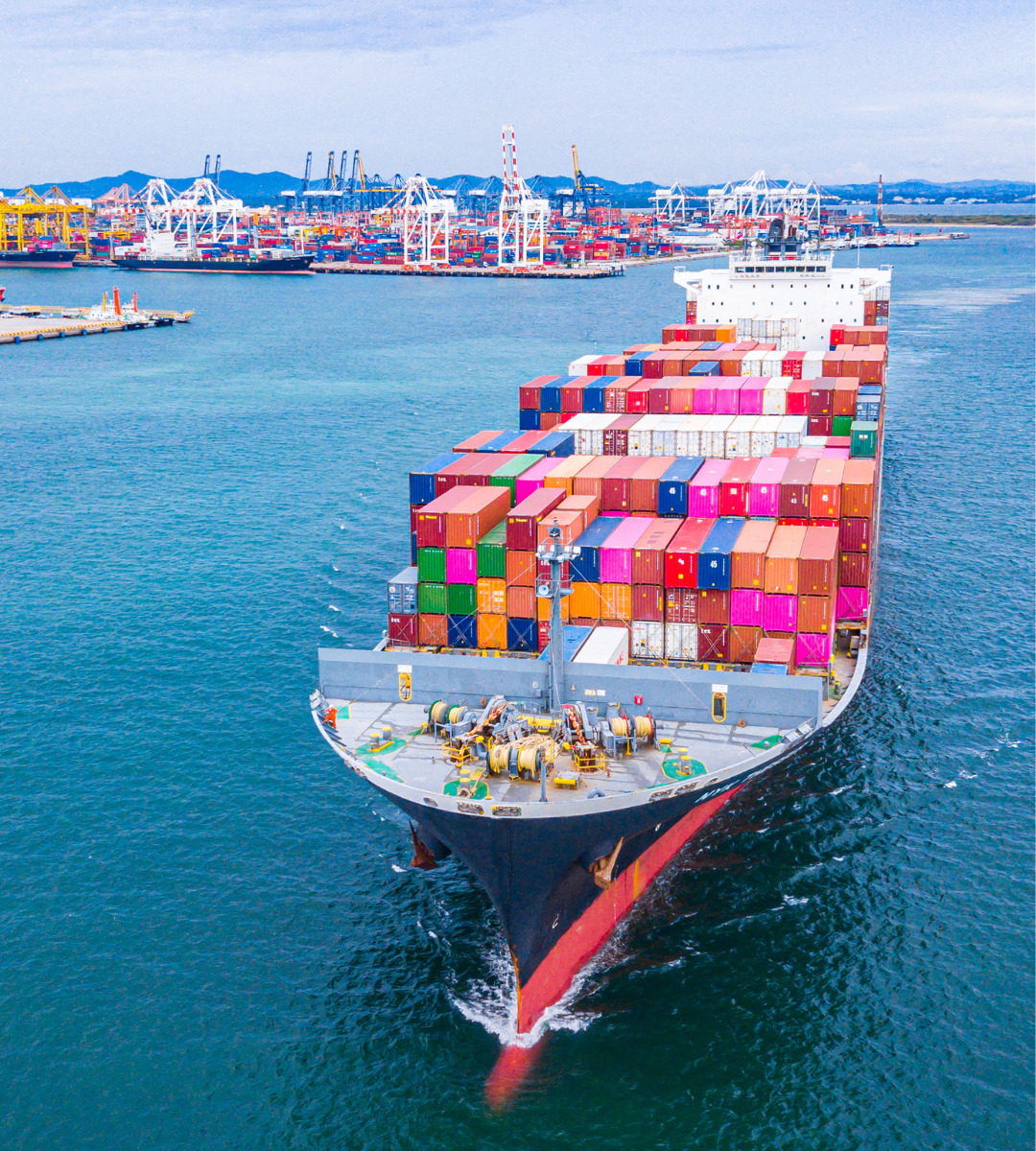This week’s report highlights how regulatory shifts, operational adjustments, and strategic service decisions are shaping global freight as we move into the heart of peak season. We begin in Washington, where the Department of Commerce has expanded tariffs on steel and aluminum products across 407 categories—an action that, paired with the imminent end of the de minimis exemption, is pushing importers to reassess landed costs, compliance strategies, and fulfillment networks. These policy changes are already driving shifts downstream: shippers are recalibrating warehouse and inventory strategies to buffer against tariff exposure, while the Port of Oakland is seeing surging volumes as cargo owners accelerate shipments ahead of deadlines.
On the ocean side, forwarders are weighing new opportunities to replace transshipment with direct services, reducing congestion risk and improving service reliability, while Trans-Atlantic carriers are opting to maintain capacity despite muted demand—offering shippers a steadier planning environment than in recent years.
Together, these developments underscore how interconnected trade policy, inventory planning, and carrier strategy have become, reminding us that resilient supply chains demand agility across every mode and market.
Sign up for newsletter alerts below and get emailed when the next newsletter is published!











